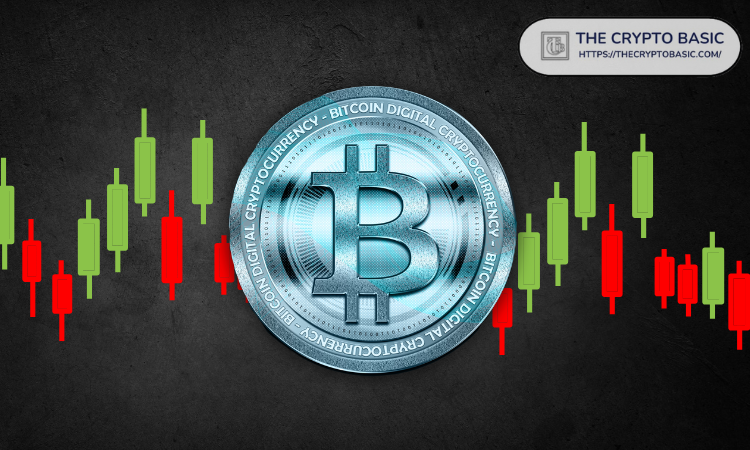Here’s what that means for the cryptocurrency industry

The European Union’s MiCA cryptocurrency regulatory framework comes into full force, heralding big changes for the industry.
Major events such as the ICO boom and Terra explosions And FTX It has made it impossible for regulators and legislators to ignore the cryptocurrency industry, especially as its adoption continues to grow.
The European Union is leading efforts to promote responsible innovation, through its regulatory framework for cryptoasset markets (MiCA), which was passed in April 2023 after nearly three years of development.
Although the implementation of the rules has been phased in, with rules targeting stablecoin issuers coming into effect in June 2024, all parts of the framework have now been in force since December 30, 2024. Here’s what MiCA brings to the table and how it is reshaping the crypto landscape in the union European.
What is mica?
MiCA’s primary goal is to ensure consumer protection in the cryptocurrency space while providing regulatory certainty to businesses across the 27-member bloc.
MiCA attempts to achieve this by setting transparency and accountability standards for crypto asset issuers and crypto asset service providers (CASPs). The rules allow market participants to obtain a license in one country and passport their services across the bloc.
Key MiCA provisions
For issuers of crypto assets, the rules mean new disclosure requirements. Specifically, before introducing a new asset, issuers must draft a detailed whitepaper containing key details about its token economics, risks, and consensus mechanism.
This whitepaper must be submitted to a national authority that does not have to explicitly approve the launch of the token but retains the power to block it. At the same time, these exporters must also comply ThWith marketing disclosures.
However, requirements for stablecoin issuers go beyond these disclosure obligations. They must obtain Electronic Money Institution (EMI) licences, which impose significant anti-money laundering (AML), know your customer (KYC) and audit obligations.
The law also imposes high requirements for stablecoins regarding liquidity, redemption and liquidation procedures and prohibits algorithmic stablecoins.
For CASPs, MiCA means implementing robust KYC systems, establishing custodial policies to safeguard client funds, and implementing robust market abuse detection and reporting systems.
Furthermore, MiCA also imposes a de facto ban on privacy coins.
Which companies are affected by MiCA?
MiCA affects every cryptocurrency issuer or service provider operating within or providing services to residents of the European Union. This includes stablecoin providers like Circle and Tether, exchanges like Binance, Coinbase, and Kraken, and even custodians like BitGo.
The rope is in focus
By far, the main talking point arising from the passage of MiCA has been its implications for the EU stablecoin landscape, especially since Tether, the largest stablecoin issuer, has not sought a license in the bloc, unlike its biggest competitor, Circle.
As a result, several cryptocurrency exchanges have moved to delist USD Tether (USDT) and Euro Tether (EURT) as part of efforts to obtain a license.g In the region.
While it is unclear whether TateIt will reverse its decision in the future, coming MiCAIts entry into force likely contributed to USDT’s market capitalization falling by $2 billion over the past two days from about $139 billion to about $137 billion.
Companies still have time
Although MiCA is now in full force, the law gives companies a window of grace to process license applications.
For stablecoin issuers, this window is set at 12 months from the implementation of the law, which gives companies until June 2025, with parts of the rules targeting stablecoins coming into effect in June 2024.
For CASPs, this period is set at 18 months, giving companies until June 2026 to obtain a license or cease operations in the EU.
Meanwhile, even as companies race to comply with MiCA, regulators are already considering an update to cover DeFi and NFTs.
Disclaimer: This content is informational and should not be considered financial advice. The opinions expressed in this article may include the author’s personal opinions and do not reflect the opinion of The Crypto Basic. Readers are encouraged to conduct thorough research before making any investment decisions. Crypto Basic is not responsible for any financial losses.
https://thecryptobasic.com/wp-content/uploads/2024/11/TCB-001-2024-11-26T174916281.png
2025-01-02 18:30:00




